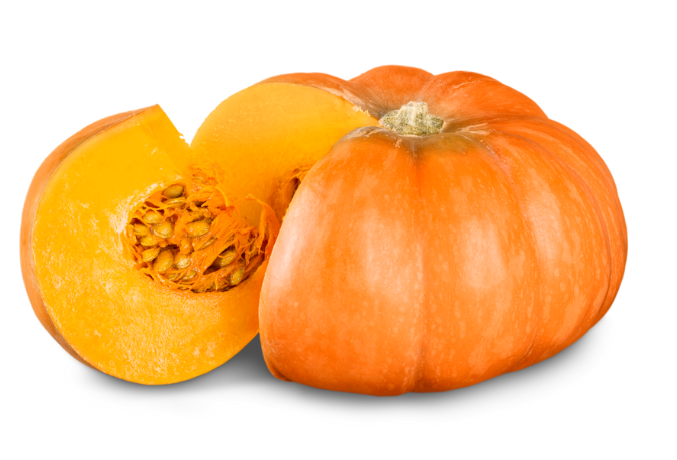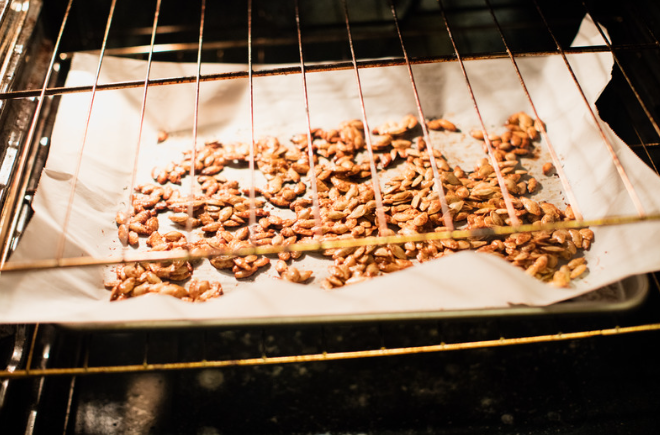Pumpkins: Packed with Good Nutrition!
 The beautiful fall colors are in full swing in October with lots of reds, yellows, and oranges speckling our homes and streets. A fall favorite of many is the bright beautiful orange pumpkin. They make for great decorations either painted, carved or just sitting on your porch. But besides their beauty, they are also loaded with a lot of nutrition including vitamins, minerals, fiber, and antioxidants. One cup of pumpkin puree packs 7 grams of fiber! That is nearly one-fourth of your recommended daily fiber intake of 25-30 grams per day.
The beautiful fall colors are in full swing in October with lots of reds, yellows, and oranges speckling our homes and streets. A fall favorite of many is the bright beautiful orange pumpkin. They make for great decorations either painted, carved or just sitting on your porch. But besides their beauty, they are also loaded with a lot of nutrition including vitamins, minerals, fiber, and antioxidants. One cup of pumpkin puree packs 7 grams of fiber! That is nearly one-fourth of your recommended daily fiber intake of 25-30 grams per day.
Pumpkins are vibrant orange due to their rich beta-carotene content which is converted to vitamin A in our bodies. Beta-carotene is an important antioxidant that helps keep us health and may reduce the risk of developing certain cancers and heart disease. Vitamin A is most known for keeping our eyes and vision good, but it is also important for a strong immune system and healthy skin.
Some of the common pumpkins varieties we know are Jack-o-latern (best for carving), pie pumpkins (best for cooking), and miniature orange or white (best for decorations).
Most pumpkin is bought canned and is added to baked goods, desserts, and soups or stews. Try adding a can of pumpkin to your next pot of chili for a new twist to a traditional dish or whip up a batch of pasta and top with a pumpkin cream sauce.
Remember you can eat your pumpkin seeds and they too are packed full of nutrition! Here are steps to preserve your seeds from the National Center for Home Food Preservation.
Roasted Pumpkin Seed Recipe
 First, dry: Wash pumpkin seeds to remove any pumpkin tissue. Place pumpkin seeds in dehydrator at 115 to 120°F for 1 to 2 hours, or in an oven on warm for 3 to 4 hours. Stir frequently to avoid scorching.
First, dry: Wash pumpkin seeds to remove any pumpkin tissue. Place pumpkin seeds in dehydrator at 115 to 120°F for 1 to 2 hours, or in an oven on warm for 3 to 4 hours. Stir frequently to avoid scorching.
Second, roast: Toss dried pumpkin seeds with oil and your favorite seasonings such as salt, pepper, garlic or cumin. Preheat oven 250°F and roast for 10 to 15 minutes. Once cooled, place the roasted pumpkin seeds in a sealed container and store at room temperature.
Hope you enjoy!
